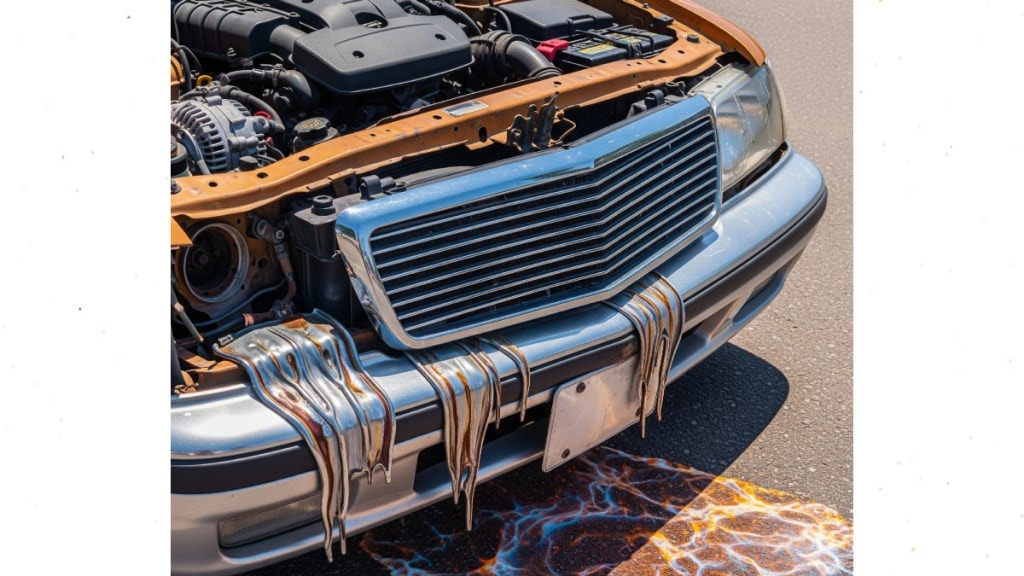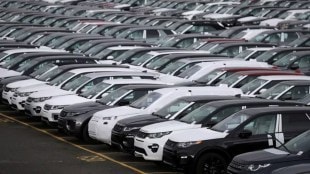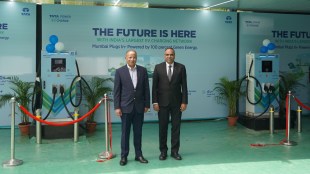Summer has stormed back like an uninvited guest with a vengeance, and along with it, sizzling reels of so-called cars melting are making the rounds on social media. Every year, we hear tall tales of heatwaves peeling cars like potatoes, especially in the Middle East. The latest buzz? Cars supposedly melting in Dubai amid this month’s severe heatwave.
It’s true that the UAE has smashed the 50-degree Celsius mark twice this year, but don’t get carried away, the viral reel claiming cars are melting in the heat is pure fiction. For starters, those ‘melted’ cars aren’t even donning Dubai number plates. Judging by the comments, they’re probably from Oman, proving once again that in the world of social media, things get hotter than the actual weather and facts tend to take a vacation.
Claim: Cars melting in Dubai
A reel has surfaced on social media platforms like Instagram and Facebook by accounts like Dubai – Elevated and LocalsDubai, which claims the excessive heat is causing cars to melt in Dubai. The text in the reel reads — ‘Intense heat caused melting of the cars in Dubai’, This is not the first time such a reel was posted on social media a couple of years ago a similar video was showcased claiming cars melting in summer in Saudi Arabia. It was later proved that the video and the news were fake as the clip was from a fire incident at a construction site in Arizona.
The latest viral reel claiming cars melted in a Dubai heatwave is false. The car number plates in the video reveal the incident occurred in Oman, not Dubai. While details are unclear, one of the cars may have caught fire due to external factors, not the heatwave. No local news agencies in Oman or Dubai reported any such heatwave-related incident. Social media users expressed frustration, with comments like, “Why spread fake news?” and “Fake news and old edited video, bro.”
Fact Check: Can 50 degrees Celsius really melt your car?
The video going viral on social media reveals that the tail light cluster and the rear bumpers of two cars have melted due to the drastic heatwave. For starters, the plastic parts of a car are designed to withstand temperatures over 50 degrees Celsius. The most common sight is the tarmac or the pavement melting due to such extreme weather. One has to regularly check the battery to avoid any overheating, tyre pressure and fluid levels like the coolant.




















